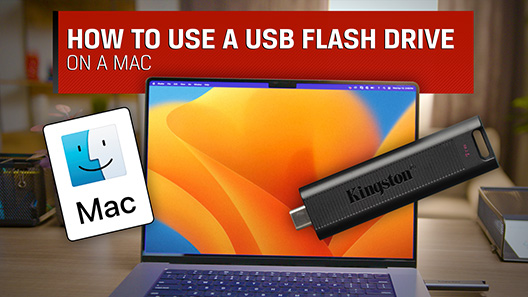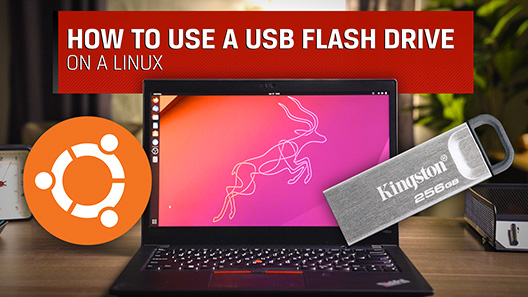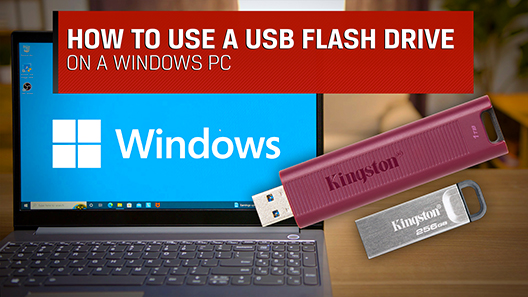
IronKey S1000 Basic - Support
Resources
Videos
Frequently Asked Questions
Note: Please read the included updater instructions in its entirety prior to running the update.
Native Windows Update (Windows user):
https://media.kingston.com/kingston/support/downloads/IKUpdater_S1000_BASIC_6.7.0.zip
Note: If the updater does not resolve for you, we recommend updating your macOS to Ventura 13.2.
FAQ: KIK-S1000B-UPDATE
Was this helpful?
Note: Please read the included updater instructions in its entirety prior to running the update.
Native Windows Update (Windows user):
https://media.kingston.com/kingston/support/downloads/IKUpdater_S1000_BASIC_6.7.0.zip
Note: If the updater does not resolve for you, we recommend updating your macOS to Ventura 13.2.
FAQ: KIK-S1000B-UPDATE
Was this helpful?
Note: Please read the included updater instructions in its entirety prior to running the update.
Native Windows Update (Windows user):
https://media.kingston.com/kingston/support/downloads/IKUpdater_S1000_BASIC_6.7.0.zip
Note: If the updater does not resolve for you, we recommend updating your macOS to Ventura 13.2.
FAQ: KIK-S1000B-UPDATE
Was this helpful?
This is common for flash storage, whether internal SSD, Flash Card, or external USB storage, and is due in part to a variance in how flash memory vs spinning platter hard drive manufacturers calculate megabyte. Hard drive manufacturers calculate a megabyte (or 1,000x1,000 bytes) as 1,000KBs, whereas the binary calculation for flash-based storage is 1,024KBs.
Example: For a 1TB flash-based storage device, Windows will calculate it as having a capacity of 931.32GB. (1,000,000,000,000÷1,024÷1,024÷1,024=931.32GB).
Furthermore, Kingston reserves some of the listed capacity for formatting (e.g., File Allocation Table) and other functions such as firmware and/or controller-specific information, and thus some of the listed capacity is not available for data storage.
FAQ: KDT-010611-GEN-06
Was this helpful?
When you delete files from a storage drive while the drive is connected to a macOS system, macOS will keep a backup of the deleted files, allowing you to recover files if accidentally deleted. Because of this feature, macOS will also reserve space on the drive in the event that you do recover the deleted files. Therefore, in order to recover the available storage space back to the drive, you will need to empty the macOS Trash Bin, while the drive in question is connected to the masOS computer.
Should this not work, a complete format of the device should be done. Please follow these instructions to format your Kingston drive.
WARNING: Formatting will erase all your data so please make sure you have a copy before proceeding.
- Go to Go > Applications > Utilities and Open Disk Utility.
- Choose your drive from the left panel and then click Erase on the right.
- Select a Volume Format. Select MS-DOS File System or exFAT if you plan to use the drive on macOS and Windows. If used only in a Mac then select Mac OS Extended as the Volume Format.
- Click Erase.
FAQ: KDT-010611-GEN-04
Was this helpful?
This drive is designed to be 100% encrypted. The security is build into the drive and cannot be removed or disabled.
FAQ: KDT-012914-PRV-04
Was this helpful?
Unfortunately it appears you might have purchased the incorrect type of drive. Note that the IronKey Enterprise devices are designed for large-scale deployments and the use of a centrally managed IronKey Enterprise Management Service (a yearly license per device and separate purchase) is needed. It is this Management Service that issues activation codes and administered by an administrator. A minimum of two devices is needed to run an Enterprise account. The device for you would have been the S1000 Basic. This drive does not require the management software and licenses.
FAQ: KDT-062816-S1000-08
Was this helpful?
If your company has enabled the phone home feature and the account is suspended, the drive becomes useless. You will no longer be able to log in or use the drive. The only way you can use as a stand-alone is if the account was set up without the silver bullet and phone home feature.
FAQ: KDT-062816-S1000-07
Was this helpful?
No, an Enterprise device cannot be switched to become a Basic device since this could open up security vulnerability. Furthermore, once a Basic device has been upgraded to an Enterprise device, it cannot revert back to a Basic model even after resetting or reassigning the drive through IronKey Enterprise Cloud Management Service or On-Premises Server.
FAQ: KDT-062816-S1000-04
Was this helpful?
The user and/or device should NOT be deleted if you want to assign the drive to a different user. The Administrator should re-commission the drive. The following will occur if you delete the device or the user.
Deleting Device.
When you delete a device from System Console you will receive this message:
You have selected 1 device for deletion. You cannot undo this operation. Would you like to continue. Once you select OK you will see Device deleted successfully.
Consequences: When you plug in the device it will ask for a password. But there is no password to enter now because the drive has been deleted. You will see this message.

Deleting User
When deleting a user you will see this message:
You have selected to delete this user. This will also delete the device. Would you like to continue?
Consequences: When you plug in the device it will ask for a password. But there is no password to enter now because the drive has been deleted. You will see this message.

You can only use the drive as long as there is no internet connection.
FAQ: KDT-062816-S1000-05
Was this helpful?
Some of the factors of a USB external device getting warm or hot:
- Material: Metal flash drives and readers tend to get warmer while in use than other types of USB flash devices. This is simply because metal absorbs heat much more easily than materials like plastic do.
- Environmental Temperature: If the host device or surrounding temperature is high, the drive's cooling capability decreases. USB drives often become warmer when used in hot environments or with warm devices.
- File Transfers: Transferring large files or a high volume of files can raise the drive's temperature. Large files take longer to transfer, requiring more energy, thus generating more heat. Quick consecutive file transfers have the same effect as transferring large files, increasing the drive's temperature. During data transfer, the drive heats up internally and releases heat through its casing.
After the data transfer is complete, wait 30-60 seconds before removing the USB device from the host machine. This should provide enough time for the temperature of the USB device to cool.
FAQ: KTD-021211-GEN-01
Was this helpful?
This is a limitation of the FAT32 file system, which has a limit on the number of files stored on the root of the drive. In order to transfer more data to this unit, you will need perform one of the following.
A) Create folder(s) on the root of the drive and then transfer all data to the folder(s). Once this is done, you should be able to transfer more data to the DataTraveler.
B) Backup the data on the drive to another storage, then reformat the drive with exFAT file system. Once this is done, you should be able to transfer more data to the DataTraveler.
FAQ: KDT-010611-GEN-12
Was this helpful?


